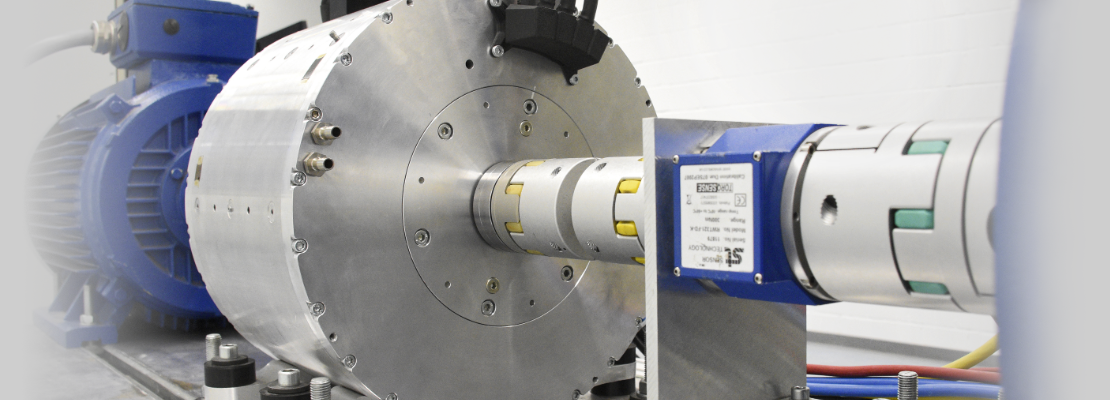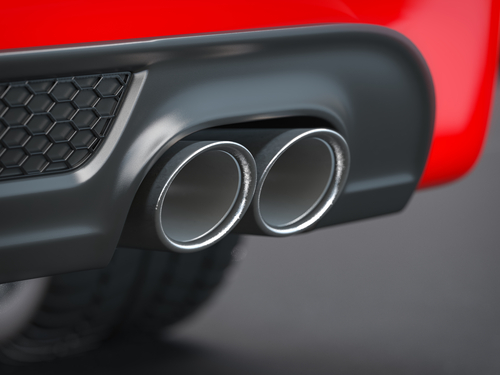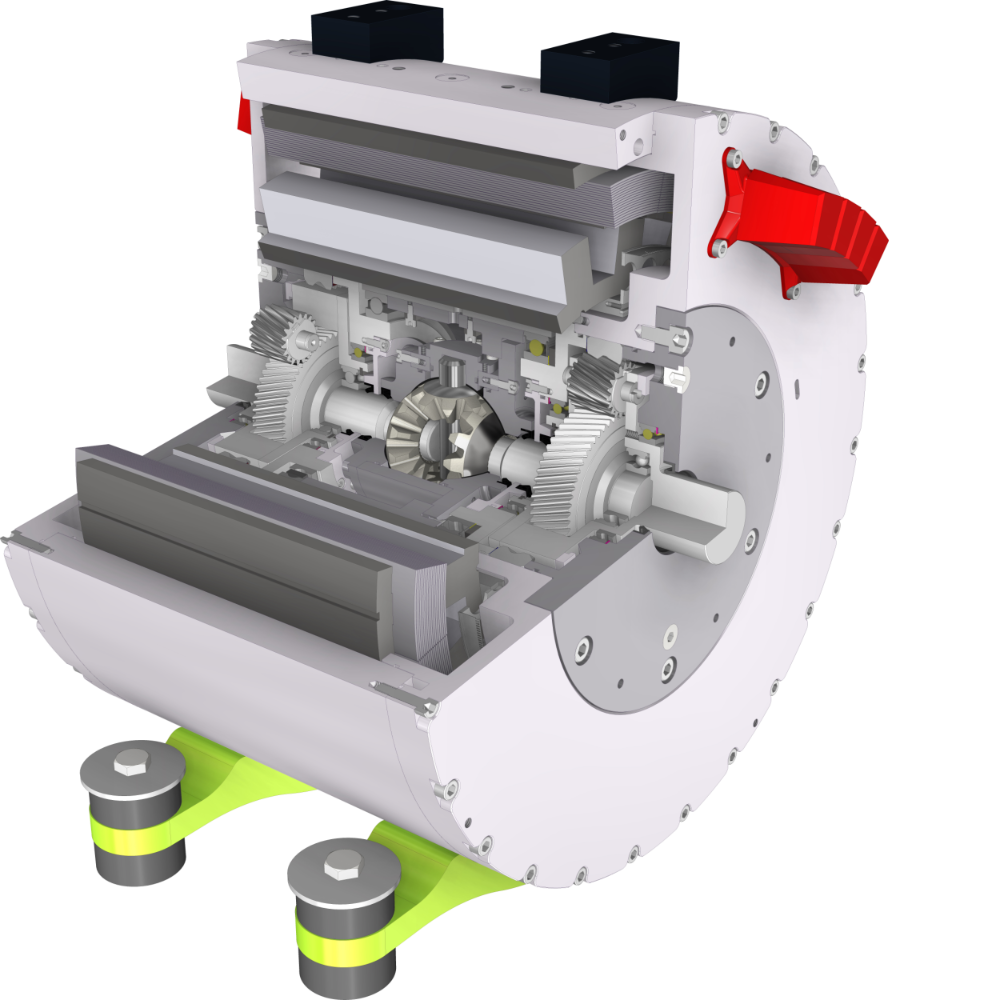

The car of the future will be electric. There is no doubt about that. However the question arises, how can today's individual mobility be maintained for people in the future.
All typical associations that currently do not apply to many electric vehicles.

So far, battery-powered vehicles have been forced into the same design scheme that has been shaped by combustion engines for decades. Impressive horsepower figures are replaced by gigantic battery ranges. However, the focus and scope in the diversification of vehicle features are currently changing dramatically.
are categories and standards that have lost their importance on the one hand because electric vehicles are technologically unrivaled in some respects - e.g. in terms of acceleration. On the other hand, regulatory requirements are increasingly reducing traditional features such as maximum speed to insignificance.
This traction drive is a project that MATUSCHEK uses to deploy existing competencies from its core business to expand into new technology markets. The focus of our activities is to use the potential for a balance between sustainability, material availability and efficiency in the production of electromobility components.
The electrical drive power results from P = U x I. Where U is the voltage and I the current for the electrical drive components such as motor, battery and range extender. If you want to achieve a high power P, both the current I and the voltage U can be increased.
The increase in voltage to more than 60 VDC always requires an additional increase in the security effort against high, dangerous voltages. At the same time, this means an increase in product costs. For this reason, we have decided to limit DC Link volatge of the drive components to 60 VDC throughout the whole vehicle.

Battery, drive, electronic components and car body each should be seen as part of a "team" which is supposed to contribute to a successful overall system. Not the individual best component should be chosen but rather the component which fits best into the system.
The impact of the traction motor in the context of other vehicle components may be assessed differently. Our concept shall inspire to rethink the used approach when having e-drive R&D activities. Don't focus on the last percent, but keep the overall context in mind. Our maxim is simple, straightforward concepts that are naturally technologically attractive. Ultimately, the over all sustainability and cost considerations will be decisive.

| Property | Value | Unit |
|---|---|---|
| Rated Power | 95 | [kW] |
| Rated Speed | 2,200 | [RPM] |
| Max. Speed | 4,500 | [RPM] |
| Rated Torque | 405 | [Nm] |
| Max. Torque | 945 | [Nm] |
| Integrated Gearbox | 1-stage | |
| - Reduction ratio | 3 : 1 | |
| - Differential | integrated | |
| Size | Ø = 400 | [mm] |
| L = 290 | [mm] |
| Property | Value | Unit |
|---|---|---|
| Weight | 68 | [kg] |
| Machine type | Switched Reluctance Machine | |
| Pole-Configuration | 24 / 18 | Stator / Rotor |
| Stator-Coils | planar | Alumnium |
| - Fill Factor | > 90 | [%] |
| machine phases | 4 | |
| DC-Link | 120 | [V] |
| - to GND | + / - 60 | [V] |
| Cooling | water |